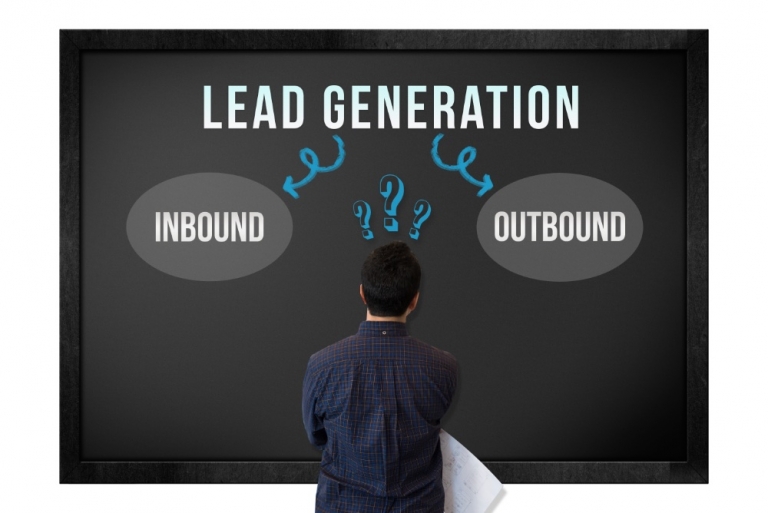
With the rise of the internet, the way companies reach their ideal customers is changing practically overnight. Before companies can even begin to think about sales, they first need to generate leads.
Lead generation is useful because it allows companies to segment and prioritizes customers that need their products and services the most. There might be a million possible customers, but not all of them will have the need and capacity to purchase right away.
Sales teams need to know which customers are more likely to convert, so they can focus their efforts on giving them the information they need. Being a salesperson requires juggling multiple tasks such as nurturing relationships, closing deals, and admin work. These are all aside from searching for prospective customers. Lead generation creates the demand for the present and future offers of the business.
There are two main types of lead generation – inbound and outbound. Inbound and outbound lead generation are differentiated by who starts the relationship.
When the customer leaves their personal information in exchange for freebies, exclusive sales, or special rates, this is called inbound lead generation. Through campaigns such as SEO, informative blogs, how-to videos, and content marketing, companies built trust with their prospective customers. When customers see your brand throughout their buyer’s journey, they are more likely to trust the products and services that you offer. Content created for inbound lead generation is more generic to the industry and relevant for extended periods.
On the other hand, outbound lead generation is sharing your company’s products and services towards customers who fit the ideal buyer profile. Unlike with inbound, outbound campaigns take the first step. Through the use of paid campaigns and media such as display advertising, outbound strategies are often more expensive to execute than inbound. The intent of outbound lead generation is more likely towards the latter half of the sales pipeline. Content created for inbound lead generation is more likely to be about specific benefits of the company’s current offers.
Inbound and outbound lead generation have different timelines, targets, and ways of executing. However, they still have the same goal – to find and convert quality customers.
As with many things, there is no clear answer to what kind of strategy is right for everyone. Companies will be in various stages. Each will have different customers at different lifecycle stages, and products that will determine the right way to approach individual customers. However, having a mix of both inbound and outbound marketing throughout the sales pipeline is recommended.
If you’re not sure the best way to go about it, it’s good to work with people who do. Both strategies, particularly outbound, can become expensive very quickly when done the wrong way. Voice to CRM Solutions like Hey DAN can help you to fine-tune and maximize your inbound and outbound lead generation and be able to get accurate data into your sales team’s CRM.